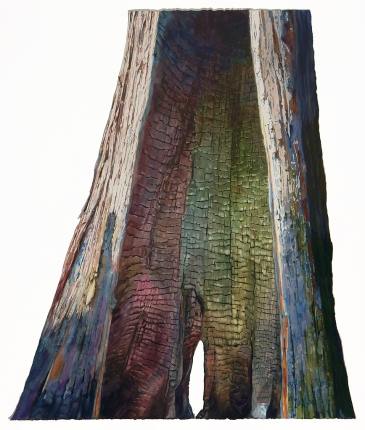Hi, I wanted to let you know about several near-term occasions as well as some that are more distant…
At 1pm on Saturday April 20, Dr. David L. Peterson and I will be giving a talk called Carbon Flows at the Museum of Northwest Art in La Conner, WA, as a part of the Silva Cascadia exhibit. (My 21-.5-foot-long burned tree painting is part of the exhibit.)

On April 26 at 5pm the Northwest Watercolor Society will have a virtual reception for its annual members show, which includes my “Yellow Hill Twins” painting:

On April 27 at 1 pm I’ll be giving a talk-and-tour at the World Forestry Center in Portland, Oregon where my fabric tree installation, “State of the Forest” is on display. My talk will be part of their annual fire preparedness weekend. While the installation is usually part of David J. Wagner’s Environmental Impact II exhibit, it is having a solo detour there through the end of April. World Forestry Center’s mission, beautiful setting and dramatic presentation of my work could not be more apt, and I’m honored to be there. They made a thoughtful short video interview with me and collaborating author, Lorena Williams, that is available on YouTube and their exhibit web page.

Cedar Visages is part of the annual ICON show at Lynn Hanson Gallery in Seattle’s Pioneer Square. There is a reception on Saturday April 13 from 2-4pm.
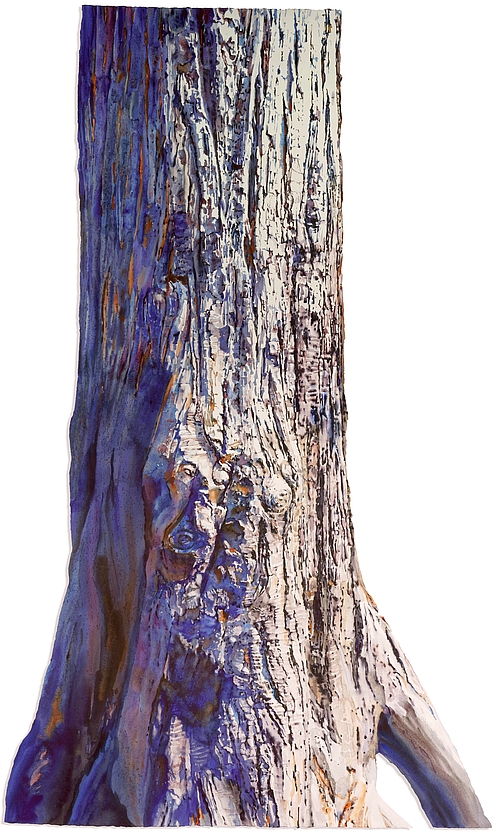
There will be a virtual reception for members of the National Watercolor Society on May 4 of their annual members exhibit. Logged, Drifted and Burned is part of it.

Ars Datum Est, Volume 14 and one of my favorites in my bark beetle book series, is part of the show at Dakota Gallery, the first art exhibit to accompany the Cascadia Film Festival in Bellingham, April 5 – May 31.
I will be part of SPACE-Plein Air Painters of Washington’s exhibit and paint out on June 1. Cross your fingers for good weather!
Later on this summer Puget Sound Book Artists’ annual exhibit at the University of Puget Sound’s Collins Library begins June 5, with a reception from 4:30pm-6:30pm on June 6. It runs to August 1; then it will travel to The Evergreen State College for September 29-December 20.



Middle and Bottom: The Magnitude of the Problem, artist accordion-fold book 10″H x 7.5″W closed, 60″W open. The pages are formed by the panels of the original painting and their backs have the story Lorena Williams wrote for the large fabric installation.
Much later — October 17 — I’ll be giving a virtual talk for the McMillen Foundation on “the art of collaboration.” Registration is already open!
I’ll hope to catch a glimpse of you on one of these occasions!

P. S. If you’re curious about my February artist residency in Great Basin National Park, I wrote a blog post here and the Park has an archive here

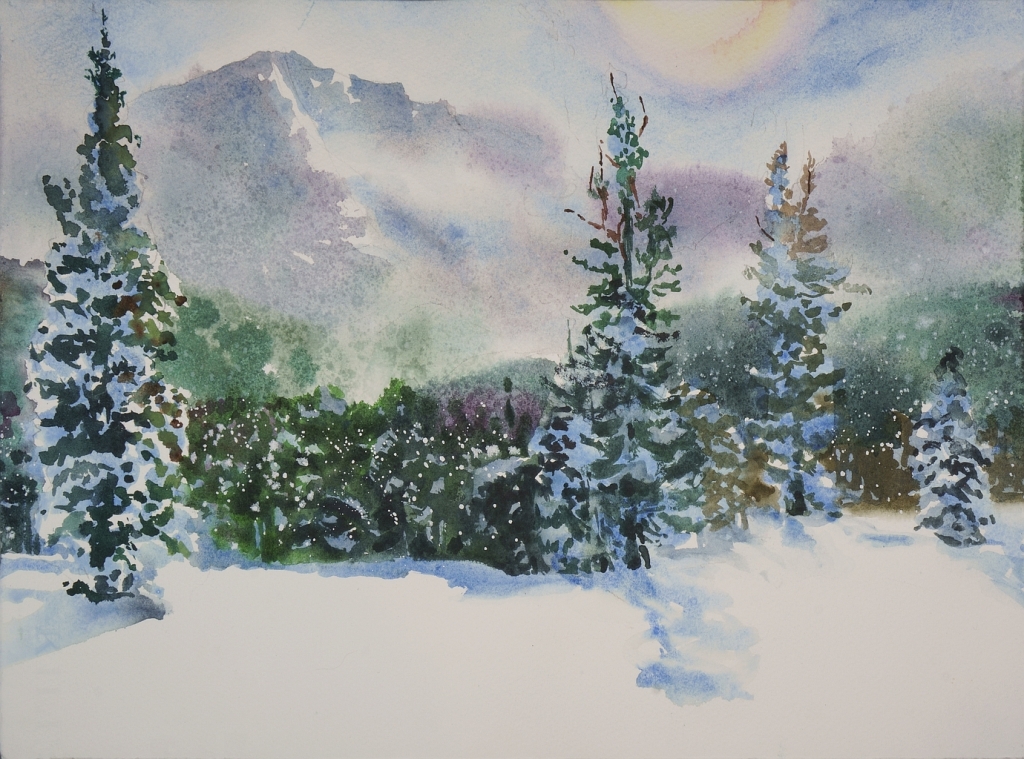






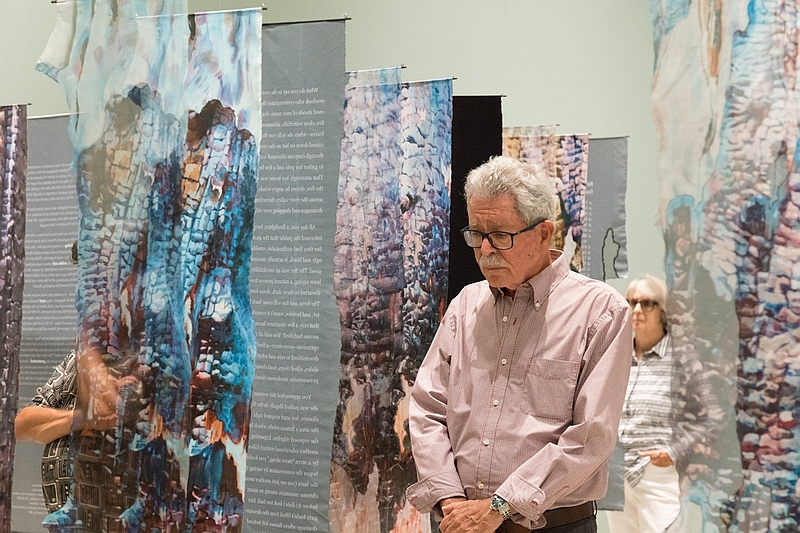
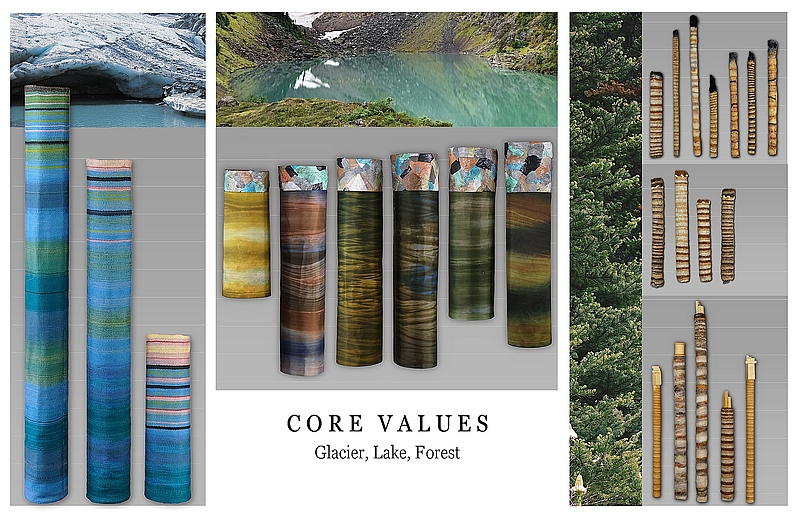
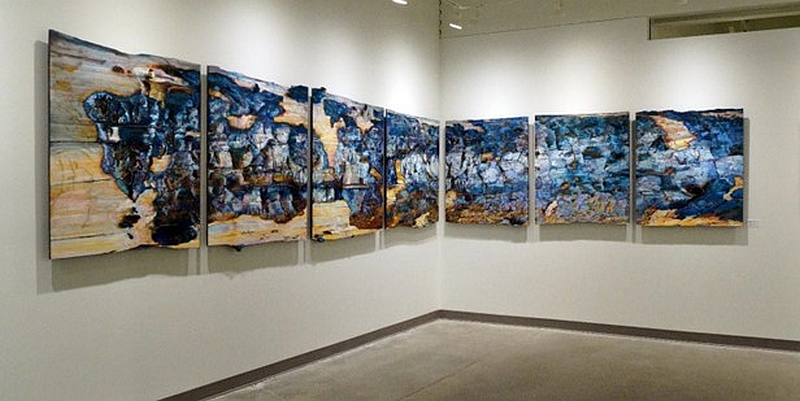






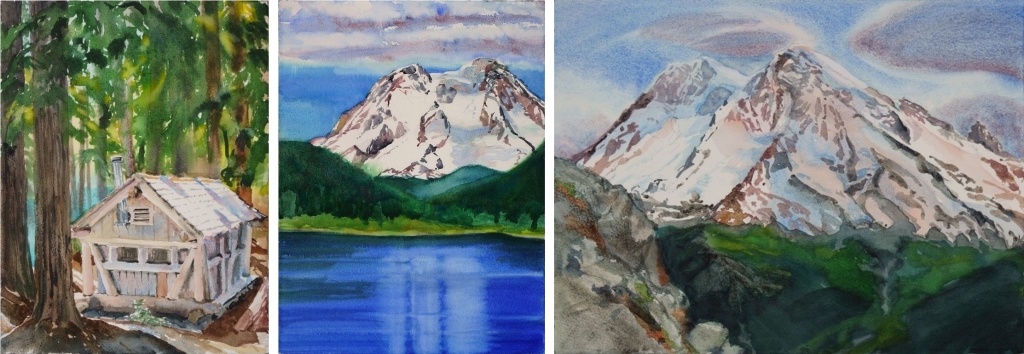

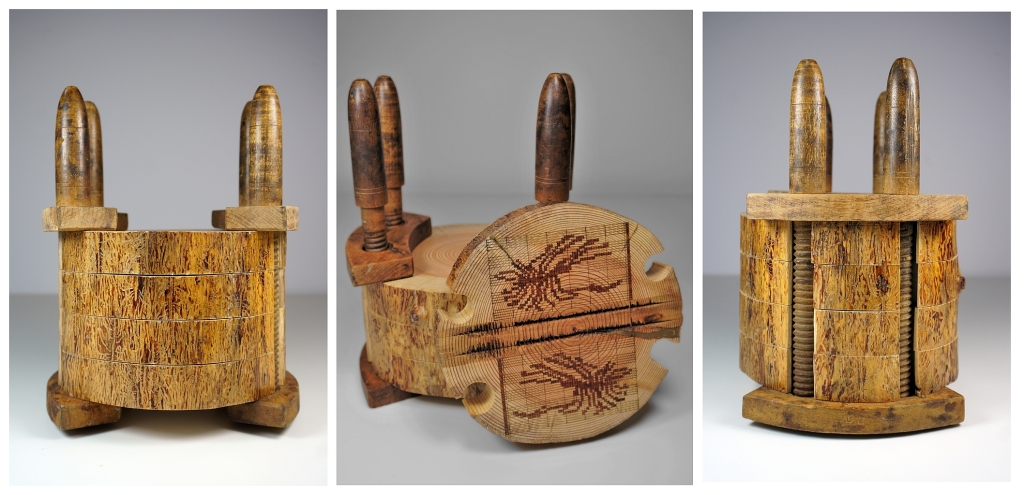


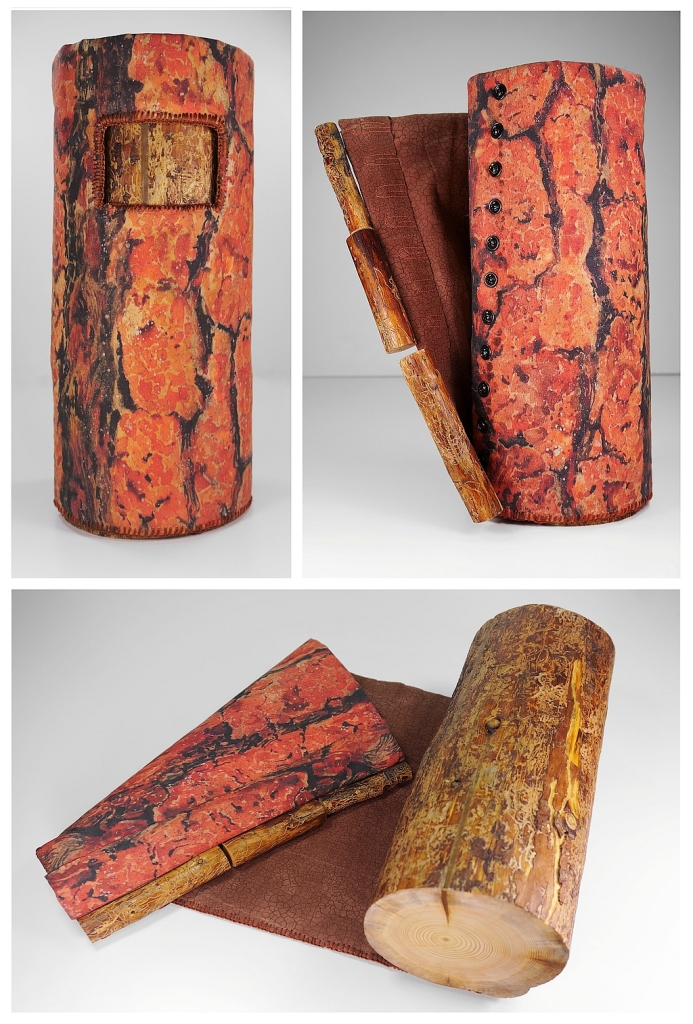


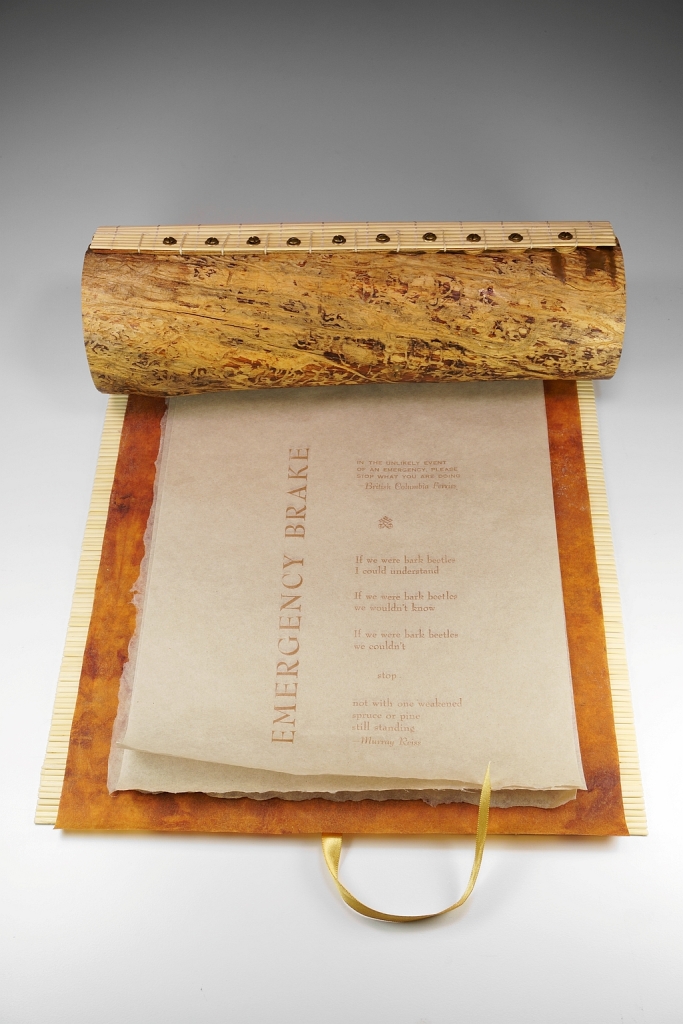



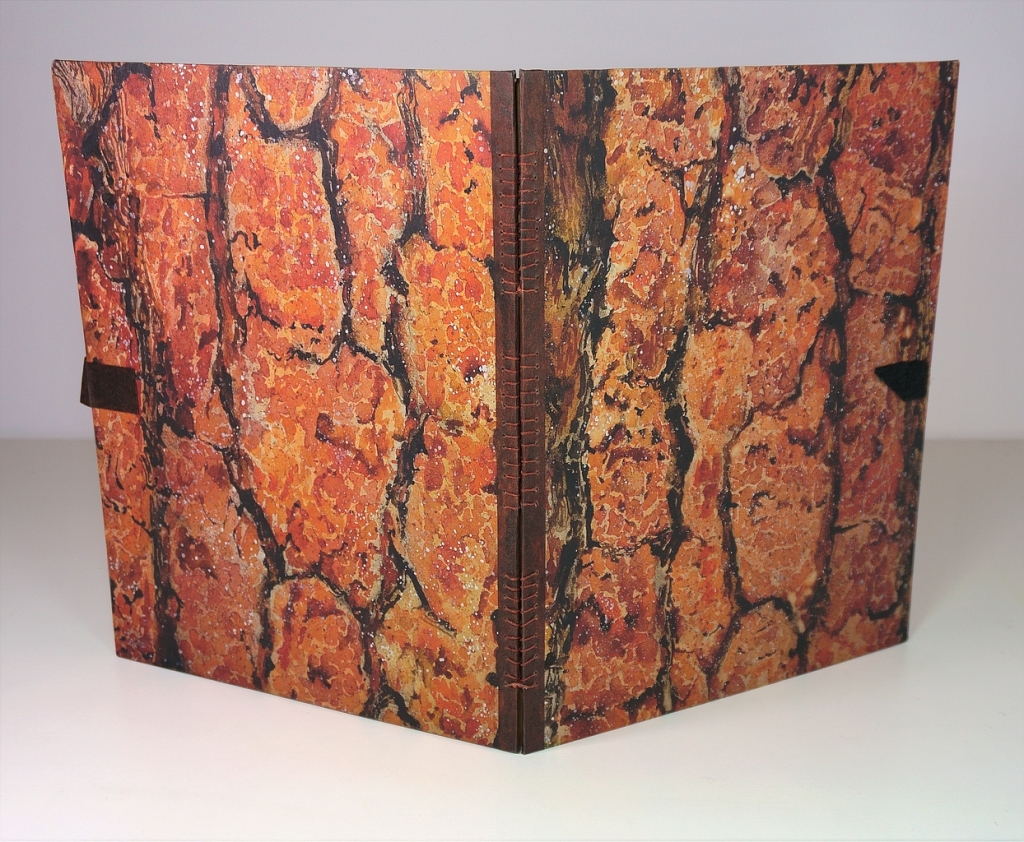
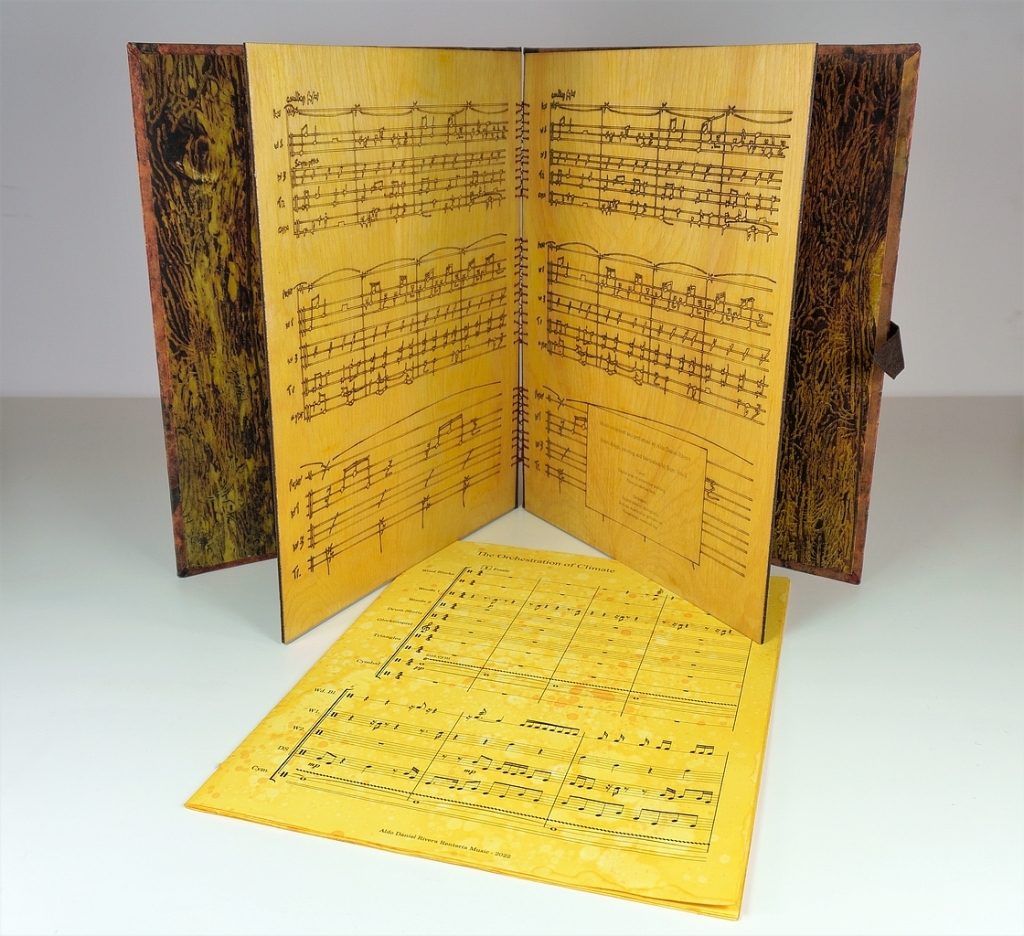


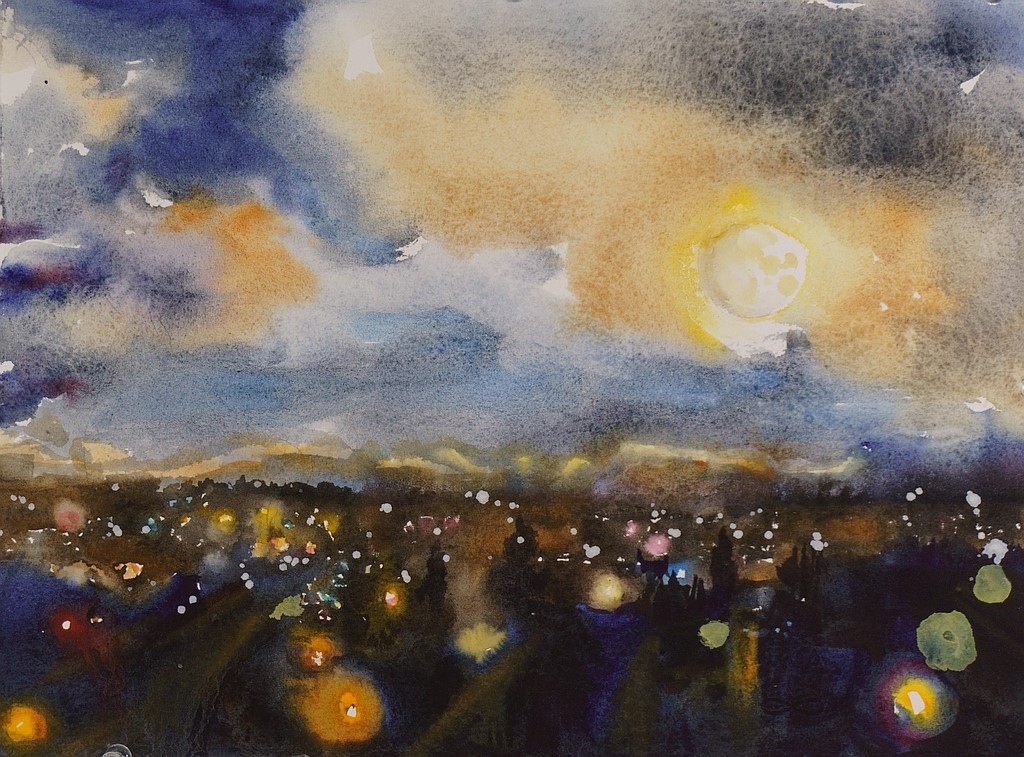


 It will not surprise you to hear I made myself a massive, hunker-down, shelter-in-place project, now nearly three-quarters completed.
It will not surprise you to hear I made myself a massive, hunker-down, shelter-in-place project, now nearly three-quarters completed.







